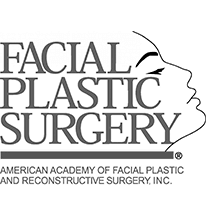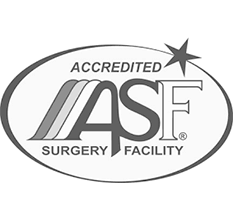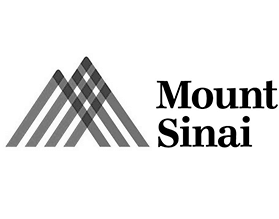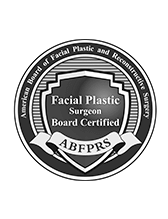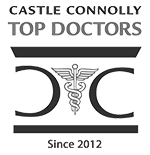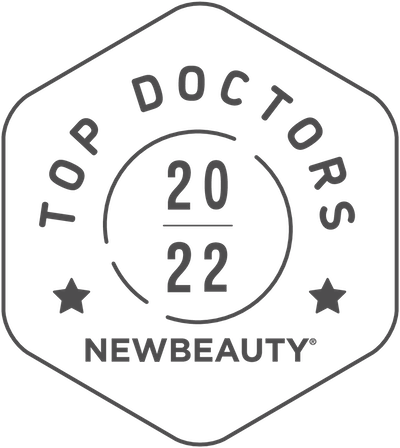Rhinoplasty FAQ
Rhinoplasty provides among the most dramatic changes of any cosmetic procedure, and is therefore an extremely popular treatment, with over 217,000 surgeries performed in the country per year. Dr. Kwak performs customized rhinoplasty surgery in NYC with meticulous care, creating an outcome that is nuanced, beautiful and supremely natural. Below you will find the answers to some commonly asked questions:
When is it appropriate to perform rhinoplasty?
Rhinoplasty, or a nose job, is called for when the client is unhappy with the cosmetic appearance of the nose, disliking its overall shape, size and projection. The surgery can also help those who suffer from breathing problems and blocked nasal passageways.
Dr. Kwak performs rhinoplasty to balance and refine the nasal bridge, tip and nostrils, and create a nose that is more proportionate to the other facial features.
Rhinoplasty can help to:
- Improve the nasal shape, size and angle
- Correct a drooping or bulbous nasal tip
- Reduce a nasal hump
- Refine the nostrils
- Improve breathing
- Repair injuries to the nose
- Enhance self-confidence
Is rhinoplasty covered by insurance?
Insurance carriers do not typically cover elective or cosmetic procedures. If you require rhinoplasty to correct not only cosmetic flaws, but also a deviated septum or fix other structural problems that interfere with breathing, then insurance may cover part of the costs. We can help you to fill out the necessary paperwork. We can also provide financing options from trusted healthcare lenders with reasonable repayment rates. Just ask!
What can I expect from the recovery process?
While you might expect rhinoplasty recovery to be intense, it is actually a quite manageable and easy process. The surgery is performed on an outpatient basis under general anesthesia, so you will need someone to drive you home and stay with you for a day or so.
You will wear a splint on your nose for about 7 days, which helps to protect its new shape as it heals. Discomfort after your treatment can be well controlled with pain medications prescribed by Dr. Kwak. You should make sure to keep your head elevated for the first few days to minimize postoperative swelling.
Clients typically return to work about a week after their treatment, provided they don’t have a physically strenuous job. Intense exercise should be avoided for at least 3 weeks after your surgery, or as Dr. Kwak instructs. Your swelling will gradually lessen as the weeks and months pass, and you will be able to finally see and enjoy your gorgeous new nose.
Can rhinoplasty be combined with other cosmetic procedures?
Rhinoplasty is just one of the many excellent options Dr. Kwak provides for facial rejuvenation and contouring. He can easily combine your nose job with a facelift, brow lift or blepharoplasty to help roll back the clock on aging, or he can perform a non-surgical procedure using dermal fillers or injectables to painlessly improve your complexion. Fat grafting is sometimes performed in tandem with facial surgery to help provide a more natural, organic looking outcome.
It is common for patients undergoing chin augmentation to also undergo rhinoplasty at the same time in order to balance the profile and ensure a pleasing facial structure. Dr. Kwak is excited to create a personalized action plan for your surgery.
Does rhinoplasty hurt?
Rhinoplasty is performed under anesthesia, so you will not feel any pain during the procedure. After it’s over, there may be some discomfort as you heal, but this will be well managed with pain medications provided by the doctor.
What is the difference between open and closed rhinoplasty?
For those requiring in depth changes to the nasal bridge, tip and nostril, open rhinoplasty may afford the surgeon the most flexibility and greatest access to the underlying structures of the nose. Open rhinoplasty involves a small incision at the base of the nostrils where it is largely inconspicuous. If only minor changes to the nose are required, the treatment can be done using closed rhinoplasty. In this case, incisions are made within the nostrils where they are invisible to the eye.
Why is revision rhinoplasty more complicated than a primary nose job?
When a primary nose job goes wrong, it can be devastating. The previous doctor may have gone too far in removing too much cartilage and bone, or they may have not gone far enough in completing the patient’s desired changes. In some cases, the patient may be happy with their appearance, but may struggle with new breathing issues they didn’t have before the surgery.
In any case, there will be ample scar tissue to contend with, which isn’t the case when primary surgery is performed. This makes revision procedures quite challenging. Rest assured, Dr. Kwak is a master of advanced revision techniques and can create stunning improvements in your nose that complement your best features and restore your peace of mind.
References
- Romo, T. III, & Kwak, E. S. (2006). Nasal grafts and implants in revision rhinoplasty. Facial Plastic Surgery Clinics of North America, 14(4), 331–340.
https://www.facialplastic.theclinics.com/article/S1064-7406(06)00064-2/abstract - Sclafani, A. P., & Kwak, E. (2006). Alternative management of the aging jawline and neck. Facial Plastic Surgery, 22(02), 140–153.
https://www.thieme-connect.com/products/ejournals/abstract/10.1055/s-2005-871763 - Kwak, E. S. (n.d.). Asian cosmetic facial surgery. Thieme Medical Publishers.
https://www.thieme-connect.com/products/ejournals/abstract/10.1055/s-0030-1253497 - Romo T III, Kwak ES, Sclafani AP. Revision rhinoplasty using porous high-density polyethylene implants to reestablish ethnic identity. Aesthetic Plast Surg. 2006;30(6):679-684.https://link.springer.com/article/10.1007/s00266-006-0049-0




